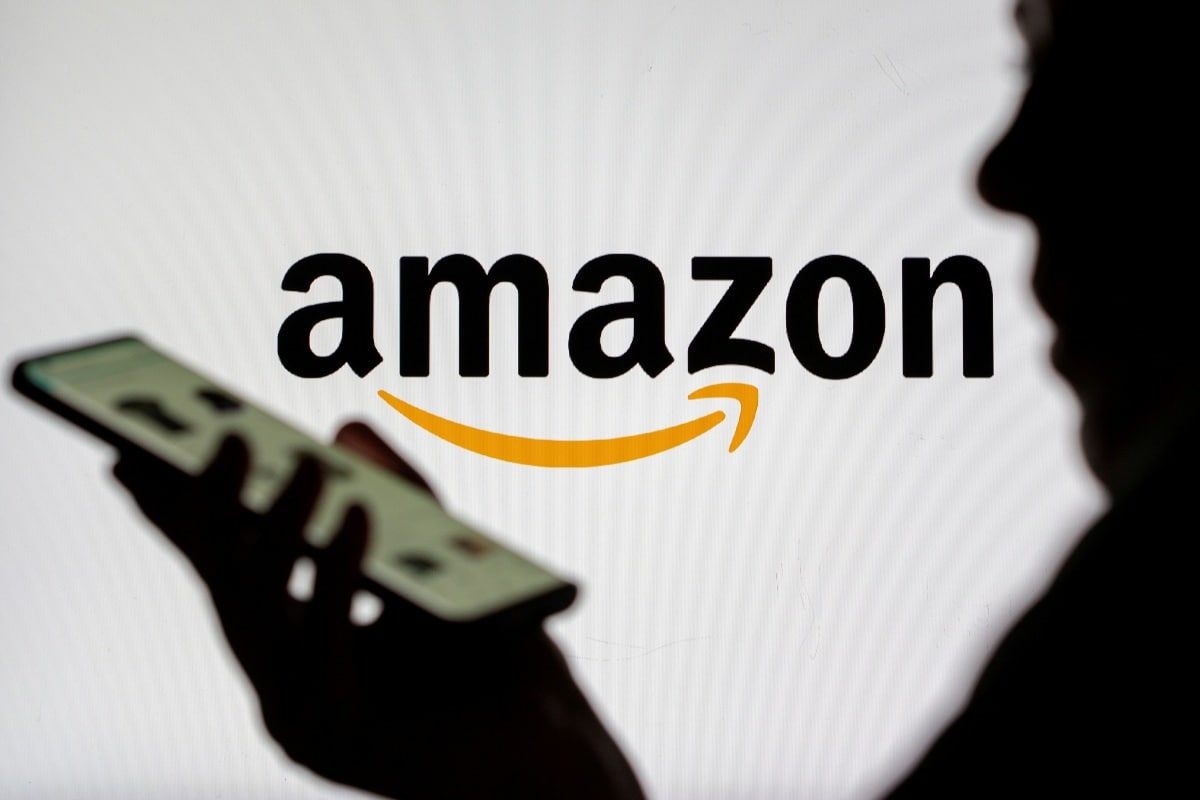Products You May Like
Amazon.com is seeking approval from US communications regulators to deploy more than 4,500 additional satellites as part of the company’s effort to deliver broadband Internet to areas around the world that lack high-speed service.
Amazon had said previously it planned to spend at least $10 billion (roughly Rs. 74,200 crores) to build 3,236 such satellites through its Project Kuiper programme. Late on Thursday it asked the Federal Communications Commission (FCC) for approval to deploy a total of 7,774 satellites for the project.
On Monday, Amazon asked the FCC for approval to launch and operate two prototype satellites by the end of 2022.
Amazon said in its filing the satellites “will serve households, hospitals, businesses, government agencies, and other organisations around the world, including in geographic areas where reliable broadband remains lacking.”
“Although connectivity has improved on a global basis, only 51% of the global population, and 44 percent of the population of developing countries, are online,” the company filing said.
In 2020, the FCC approved the Project Kuiper plan for the constellation of low-Earth orbit satellites to compete with the Starlink network being built out by Elon Musk’s SpaceX.
Amazon has sparred with Musk, recently accusing the billionaire of ignoring a variety of government-imposed rules.
Amazon founder Jeff Bezos and Musk are rivals in the private space launch business. Bezos’ Blue Origin had challenged the National Aeronautics and Space Administration’s decision to award a $2.9 billion (roughly Rs. 21,500 crores) lunar lander contract to SpaceX but a judge rejected the challenge on Thursday.
SpaceX has deployed more than 1,700 satellites.
Earlier this week, the FCC approved Boeing’s application to launch and operate 147 satellites to provide high-speed broadband internet access.
Boeing first filed with the FCC in 2017 seeking approval to deploy a V-band Constellation of mostly low-Earth orbit satellites.
Boeing said this week it “sees a multi-orbit future for satellite technologies. As the demand for satellite communications grows, diversity will be required across orbital regimes and frequencies to satisfy unique customer demands.”
© Thomson Reuters 2021
